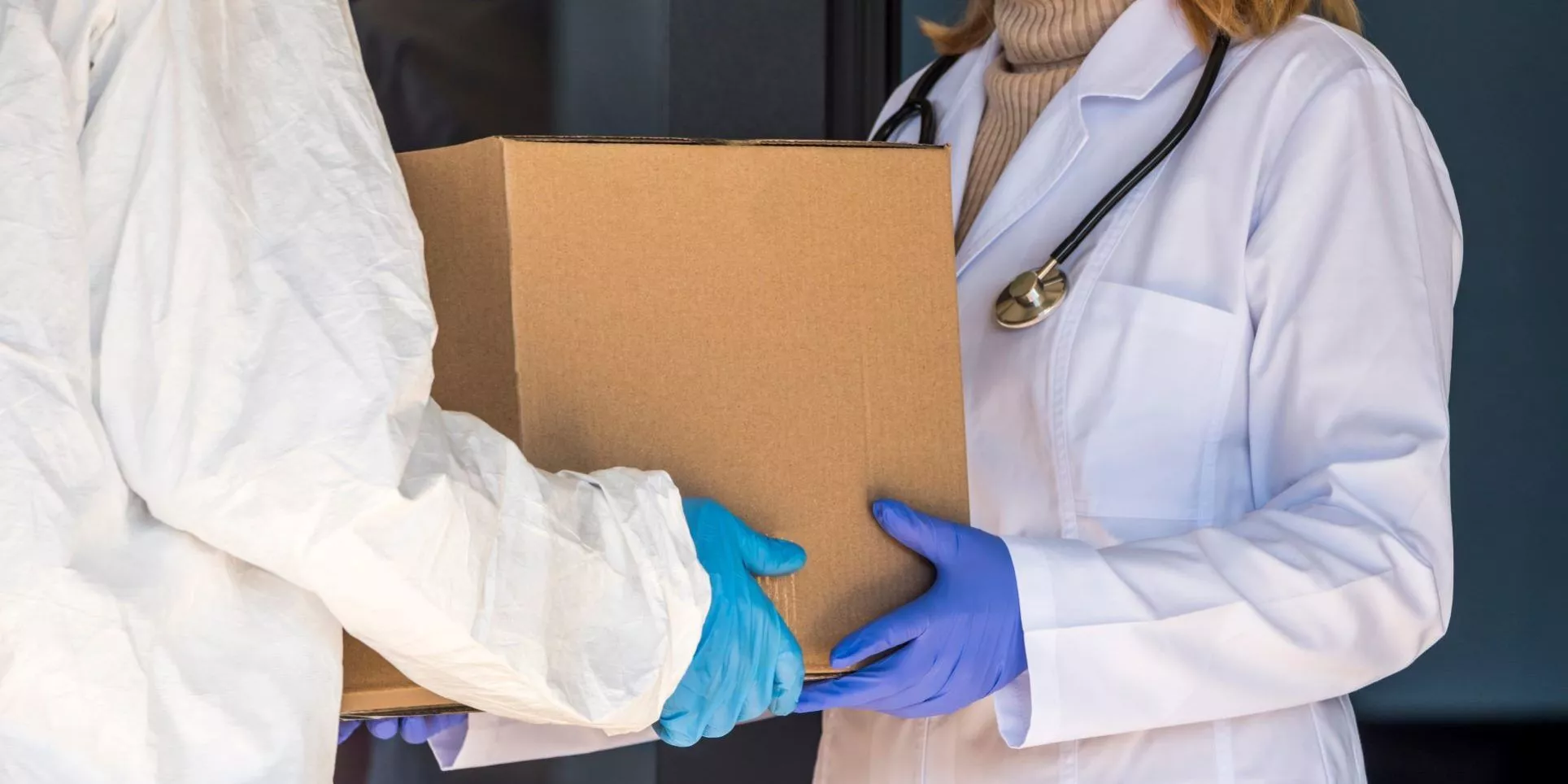In times of medical emergencies, disasters, or even routine healthcare operations, the reliable and efficient delivery of medical supplies plays a critical role in saving lives and maintaining the well-being of individuals. Whether it’s medications, equipment, personal protective gear, or other essential medical items, the shipping process must be carefully managed to ensure the safe and timely arrival of these supplies. Here we will discuss some key considerations for shipping medical supplies to guarantee both safety and efficiency.
1. Proper Packaging and Labeling: The foundation of safe medical supply shipping is proper packaging and labeling. Medical supplies can range from fragile equipment to temperature-sensitive medications, and each type requires specific packaging materials and techniques. Sturdy boxes, cushioning materials, and shock-absorbing inserts should be used to protect delicate items. Additionally, labeling must be clear and accurate, indicating the contents, handling instructions, and any required temperature conditions.
2. Temperature Control: Maintaining the appropriate temperature during shipping is essential for certain medical supplies, such as vaccines, blood products, and biologics. Cold chain logistics involve specialized packaging with temperature-monitoring devices and insulated materials to prevent temperature fluctuations. Shipping companies that specialize in cold chain management can ensure that supplies remain within the specified temperature range from origin to destination.
3. Compliance with Regulations: The shipping of medical supplies is subject to numerous regulations, including international, national, and industry-specific standards. Depending on the nature of the supplies and the destinations, there might be requirements related to customs documentation, permits, and certifications. Ensuring compliance not only prevents delays but also ensures that the shipped items meet quality and safety standards.
4. Tracking and Monitoring: Real-time tracking and monitoring technologies have revolutionized the shipping industry. These technologies provide visibility into the location, condition, and status of medical supplies during transit. By utilizing GPS, RFID, and other tracking systems, stakeholders can closely monitor the progress of shipments and intervene if any issues arise.
5. Emergency Response Planning: In the context of medical supplies, emergencies can arise unexpectedly. Developing a comprehensive emergency response plan is crucial to swiftly address unforeseen situations such as transportation delays, natural disasters, or accidents. This plan should include contact information for relevant parties, alternative transportation options, and contingency procedures.
6. Collaboration with Reliable Carriers: Choosing the right shipping carriers and logistics partners is vital. Collaborating with reputable carriers experienced in handling medical supplies ensures that the goods are transported with care and precision. These carriers often have specialized training and equipment to handle medical shipments safely. Freight shipping is one of the way to ship medical supplies safely, please try this.
7. Documentation and Communication: Accurate documentation is key to a smooth shipping process. Properly completed shipping forms, invoices, and customs declarations prevent delays and ensure that shipments comply with international regulations. Effective communication between all parties involved, including manufacturers, shippers, carriers, and recipients, is essential to address any issues promptly.
8. Risk Management: Managing risks associated with shipping medical supplies involves assessing potential hazards and implementing measures to mitigate them. This might include insuring shipments, using tamper-evident packaging, and choosing routes that minimize potential disruptions.
9. Training and Education: Employees involved in the shipping of medical supplies should receive proper training and education on handling different types of supplies, packaging techniques, and emergency response procedures. Well-trained staff are better equipped to ensure the safety and efficiency of the shipping process.
10. Continuous Improvement: Lastly, the shipping process should be subject to regular evaluation and improvement. Analyzing shipping data, receiving feedback from recipients, and conducting post-shipment assessments can identify areas for enhancement in terms of efficiency, safety, and customer satisfaction.
In conclusion, the safe and efficient delivery of medical supplies is a critical aspect of healthcare operations. By following proper packaging, labeling, temperature control, compliance, tracking, and risk management procedures, collaborating with reliable carriers, and maintaining effective communication, organizations can ensure that medical supplies reach their destinations timely and intact. In a world where every moment counts, optimizing the shipping process for medical supplies can make a significant difference in patient care and public health.
